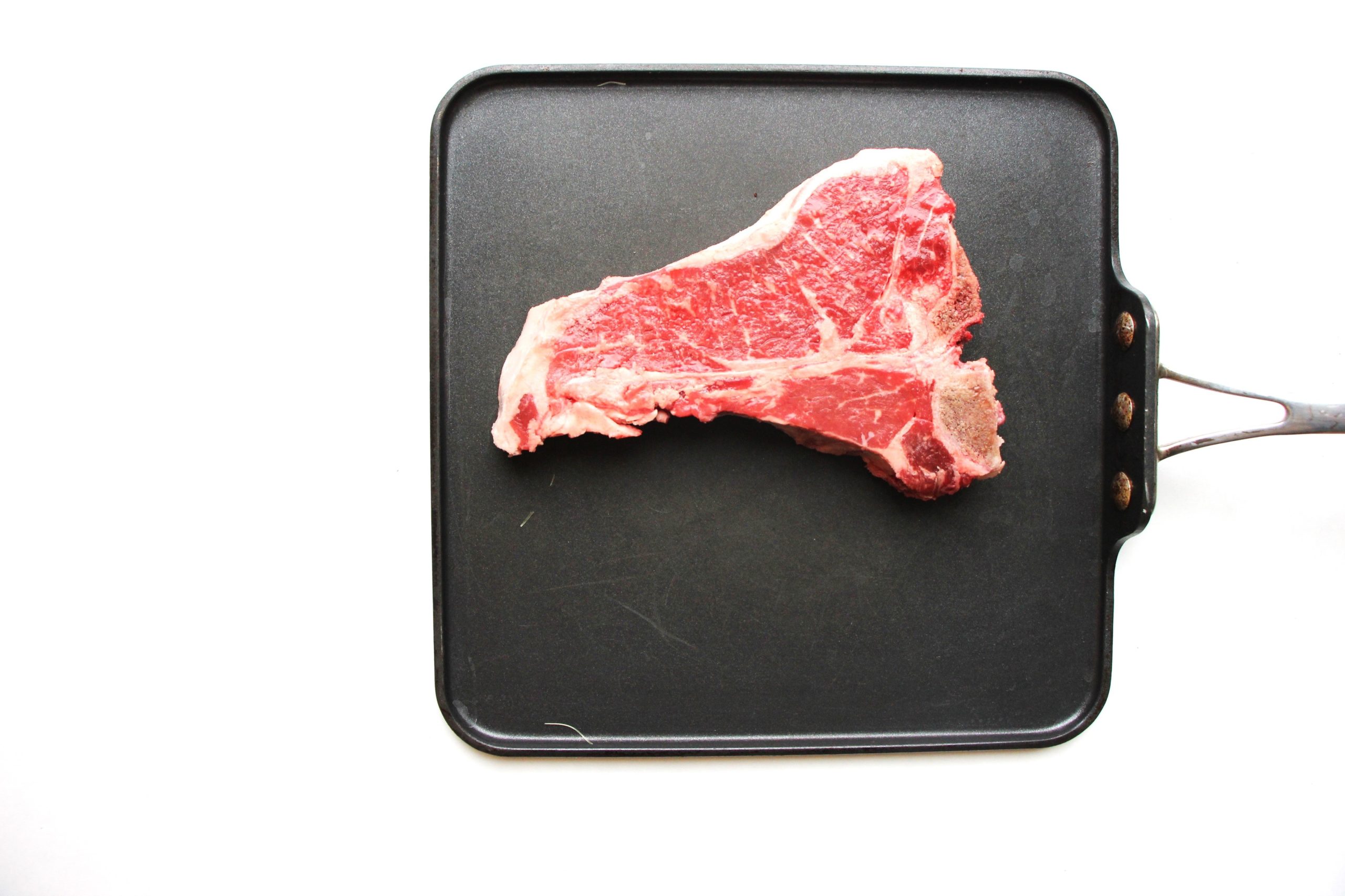The Difference Between Grass Fed and Grain Fed Meats
 Cows follow the same eating cycle as humans, initially drinking milk from their mothers and then progressing into feeding on grass and shrubs. Conventional practices have introduced feedlots as the main area where cows are now raised to prepare them for human consumption. Feedlots have gained a tremendous amount of negative attention, mainly because the media has exposed feedlots as and unsanitary and unhealthy environment for cattle.
Cows follow the same eating cycle as humans, initially drinking milk from their mothers and then progressing into feeding on grass and shrubs. Conventional practices have introduced feedlots as the main area where cows are now raised to prepare them for human consumption. Feedlots have gained a tremendous amount of negative attention, mainly because the media has exposed feedlots as and unsanitary and unhealthy environment for cattle.
The cows raised on feedlots are fed meals using soy or corn, which are intended to make them bigger than they are naturally supposed to grow, making the most profit for each cow. These cows then grow up being injected with hormones and antibiotics so they grow quicker in order to produce food rapidly for manufacturers to sell. After the feedlot cows grow to their full size, they are then moved to the factory for slaughtering. The distinct difference between grass fed and grain fed animals are the practices and tactics used when raising them. The grain diet speeds their growth to an unnatural pace. As stated in the Washington post, “ grain is like cake and ice cream to cows” (1). Cows who feed on grass and natural substances are able to live their life in a natural healthy habitat, allowing them to grow to a normal size. This size is smaller than the grain fed cows, but grass fed cows are generally healthier animals, with less stress, hormone imbalances, and other ailments due to unnatural processes. Grass fed cows also live a much longer life than grain fed cows because of these practices.
But when it comes to having a burger or a steak, does it really make a difference what type of environment and diet the cow grew up in?
In general, lean red meat is great for our health. It has a sufficient amount of protein, iron, and many other important vitamins and minerals that help our body grow and function properly (1). However, grass fed beef has been said to have less total fat, higher omega 3 levels, higher nutrient and antioxidant content. However…
“Yes omega 3 levels are much higher in grass fed beef, but because the levels were already so low in beef to begin with, the advantage might be negligible compared to foods like fish” (1).
Take away message? Grass fed beef, while it may be a small splurge offers more nutrients, less synthetic hormones and less risk of antibiotic resistance. Although the differences are not as large as the media makes them out to be, when we eat grass fed beef we are eating naturally raised, hormone and antibiotic free meat, which can be a beneficial component of a healthy lifestyle.
Content Checked Holdings, Inc. has a family of health apps – ContentChecked, SugarChecked, and MigraineChecked that help users make more suitable choices at the grocery stores, based off of their personalized dietary needs. Download all three apps for free in the App Store or Google Play. Have questions about Nutrition, Weight Loss, Food Allergies or Migraines? Get your Nutrition questions answered by our team of Nutritionists by connecting with us on social media: @contentchecked, @sugarchecked, @migrainechecked.
References
- http://www.nutritionsecrets.com/grass-fed-versus-grain-fed-beef/
